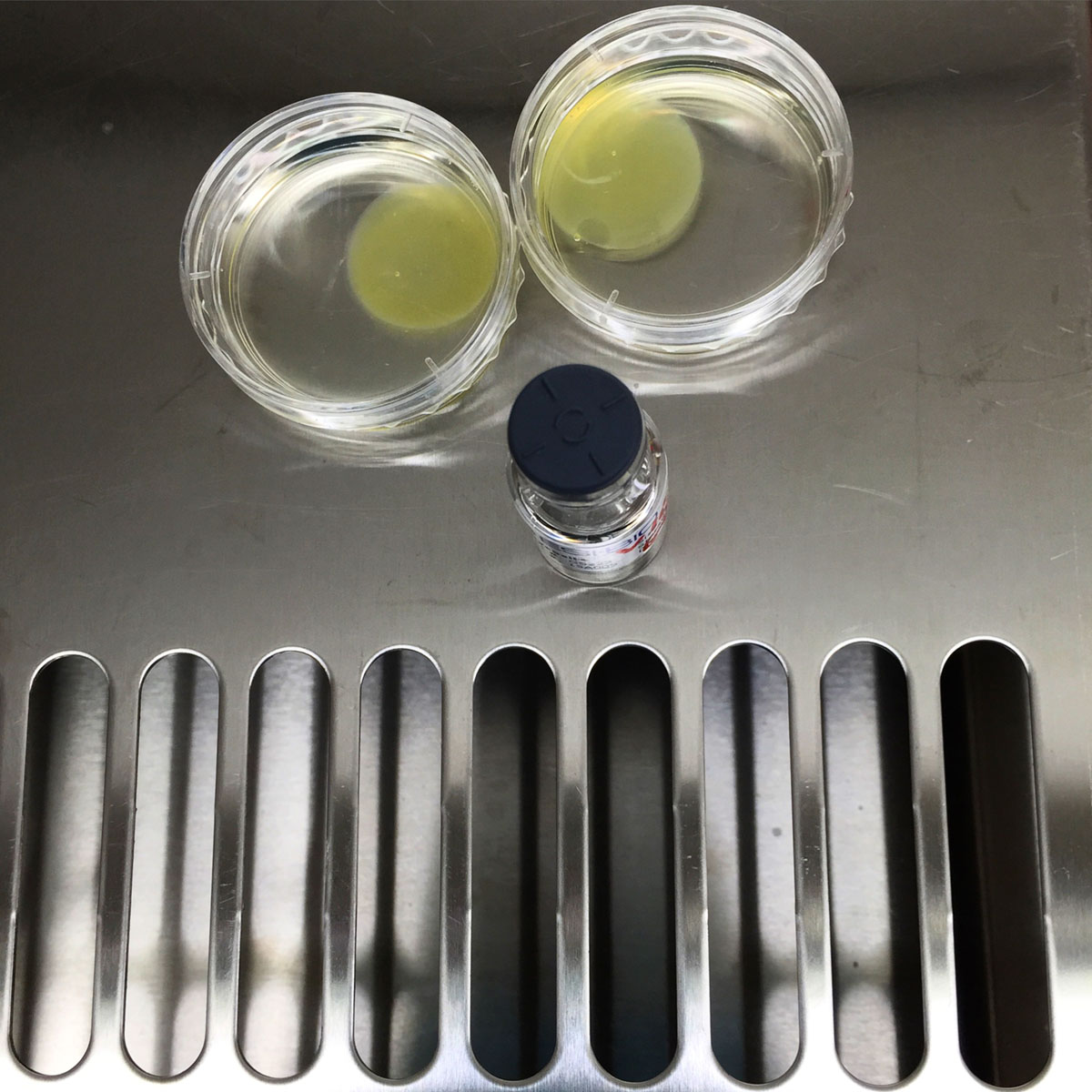
Nowadays, donation of plasma is widely spread and is considered an act of generosity. But if you want to help someone else, first you must think about your condition and think thoroughly if you are healthy enough to donate blood plasma. One can donate plasma in almost every hospital in the USA, as it is consider a routine procedure. Many students earn their allowance by plasma donating, as it is paid 15-20 $ each time when you go to a hospital to donate. It is important to be cautious as it carries along a lot of risks.
What is Plasma Donation?
Plasma is a liquid of a yellow color and it consists of mainly water and some proteins that are essential for proper body functioning. If one's blood system for some reason doesn’t produce enough plasma, then it is giving with transfusion. The process of taking the plasma out of body is called plasmapheresis. The processes of plasma and blood donation are similar, but not the same. In the case of plasma donation, plasma is taken out and separated from the blood, and then that blood is returned into the blood system of the donor.
Risks of Plasma Donation
There are some symptoms that occur after every plasma donation and are typical for everybody. Those symptoms include dizziness, nausea, and sometimes shock. It can all be avoided if you drink plenty of water and eat a meal before going to a hospital to donate plasma. There is also a danger of infecting and getting bruises in and around the place where the needle is. These are small risks in comparison to the diseases and conditions that can be transferred with the needle, so be careful and take every precaution in order to avoid an infection or a virus.
It is all right to donate plasma once or twice a month, but if you do it too often, you may face with problems of low protein level in your blood and hemoglobin in your urine. According to experts, a person can donate plasma every 48 hours, but s/he should do it twice a week. Other organizations say that it is the safest to donate plasma 12 times a year.
Risks for Plasma Recipients
There was a warning issued back in 2001 by FDA that stated that plasma recipients are faced with possible risk from contracting pulmonary syndrome whose medical name is Transfusion Related Acute Lung Injury (TRALI). It is important to notice this condition at an early stage, because there is a chance for gathering of liquid in lungs and death. To sum up, even though there is a possible risk for plasma donor and plasma recipient, there are some measures that are taken by the medical staff and the hospital. If you decide on donating plasma, you should be aware of the risk and take measures to leave nothing to chances. Be careful, follow your health condition, and take a break if you notice any of these symptoms.

















Your thoughts on this
Loading...